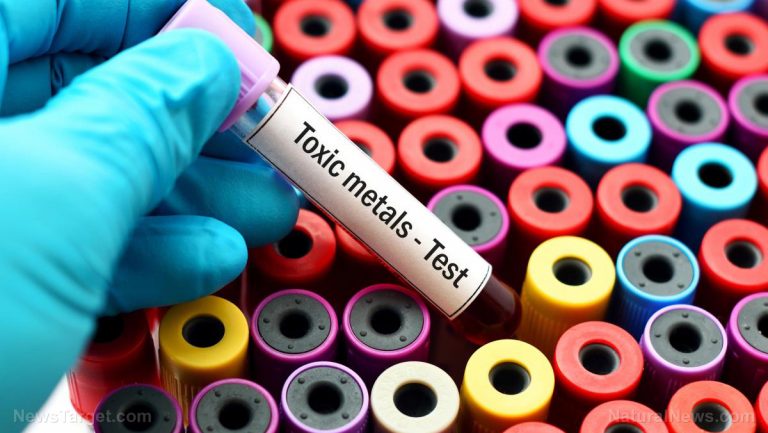
It’s been years since the U.S. government banned the use of lead-based paints for buildings across the country. However, a non-government organization composed of experts in education, childcare, and children’s health called out a “significant regulatory gap” in the system.
According to reports, there is an alarming issue in the building industry since builders and property owners are allowed to use recycled materials that may contain lead. Founder and President of Healthy Building Network, Bill Walsh, emphasized the possibility that lead-containing building products are also present in schools.
This only means that the law has not caught up with the whole lead-banning matter as no legal restrictions are currently implemented.
Researchers from the Healthy Building Network were able to create a list identifying products that should be avoided for possible contamination of lead and other toxic substances. (Related: Lead exposure linked to emotional problems, anxiety and pervasive developmental problems in children.)
Here are some of the common products normally seen in schools:
- Crumb rubber playground mulch (ground up tires).
- Artificial or synthetic turf in which the ground tires are pulverized into granules resembling black soil.
- Tire-derived recycled rubber flooring, often used on playgrounds and in gymnasiums, wherein granulated tires are pressed into resilient flooring tiles.
- Recycled vinyl flooring that has been shown to contain lead and other heavy metals.
- Carpet and ceiling tiles that contain fly ash “recycled” from coal-fired power plants can also contain lead and other heavy metals in the ash.
Mother Nature’s micronutrient secret: Organic Broccoli Sprout Capsules now available, delivering 280mg of high-density nutrition, including the extraordinary “sulforaphane” and “glucosinolate” nutrients found only in cruciferous healing foods. Every lot laboratory tested. See availability here.
Walsh also said that all buildings must secure a Health Product Declarations – “a full disclosure of the potential chemicals of concern in products by comparing product ingredients to a set of priority ‘hazard’ lists.”
Moreover, the Healthy Building Network has previously released some recommendations to reduce the risk of lead poisoning:
- Amend, promote, and implement standards and regulations created to avoid the use of lead.
- Encourage private entities to join the cause and commit to lead-free solutions.
- Pinpoint the exact source of lead in schools and all other childcare facilities.
- Get more funding from the government to support the cause.
Lead exposure kills thousands in the U.S.
According to a recent study, exposure to lead is the cause of over 400,000 deaths per year in the U.S. Over 14,000 adults, aged 20 years or above, were involved in the research.
All participants underwent a medical examination and home interview from which they had results for concentrations of lead in blood, cadmium in urine, and other relevant variables.
Results showed that the average blood lead level was 2.7, and 20 percent of the participants were reported to have lead levels at 5 or even higher – 5 is the current action level for lead contamination for adults in the U.S.
After 19.3 years, a follow-up was done and a total of 4,422 deaths were reported. The study showed that people with high levels of lead in their blood system had 37 percent increased death risk from all causes in comparison with those who had a lower lead level.
Participants who were at higher risk were 70 percent more likely to die from cardiovascular disease, and their risk of death from heart disease was doubled. In fact, the researchers found that 1,801 deaths were from cardiovascular disease, while 988 were caused by heart disease.
The study goes to show that even low levels of lead are unsafe. Professor Bruce Lanphear from Simon Fraser University said that currently, low levels of lead exposure are important, but largely ignored risk factor for deaths from cardiovascular disease.
“Public health measures such as abating older housing, phasing out lead-containing jet fuels, replacing lead-plumbing lines, and reducing emissions from smelters and lead battery facilities, will be vital to prevent lead exposure,” he concluded.
To know more about the dangers of heavy metals and other toxic elements, visit HeavyMetals today.
Sources included:
ChemicalWatch
HealthyBuilding.net
SCSGlobalServices
TheLancelet
